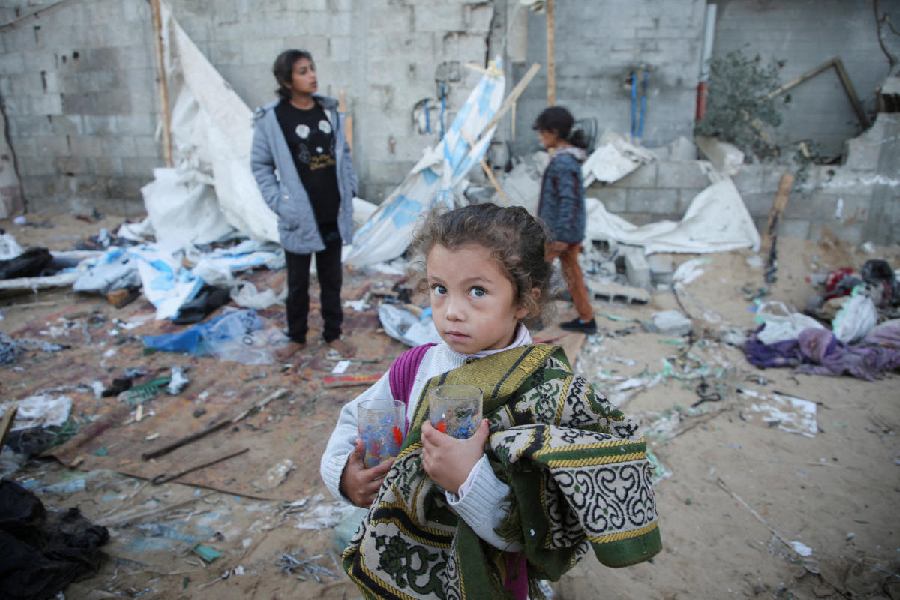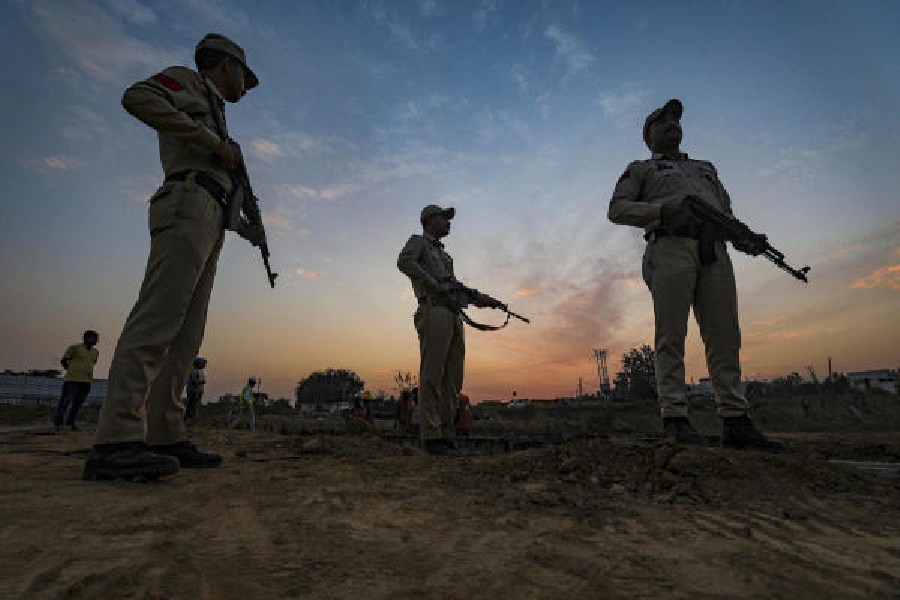Bengali theatre is taking initial, tentative steps to engage with non-fiction, as media reports, impersonal essays and other un-dramatised textual material are being performed every now and then. While it is too intermittent to label this non-fictional turn as a movement, this shift is visibly impacting the structure and the form of performances. A case in point would be Uraal, the latest venture of Rangan Tamluk, directed by Anupam Dasgupta. This reviewer was present at the premiere of Uraal, which unfolded in the outdoor environs of a mango orchard facing the ruins of Tamralipta Palace on a cold, winter evening.
In a callously criminal act of eco-terrorism, hundreds of nests with eggs and hatchlings of migratory storks were systematically destroyed in a Haldia township because residents found the birds too noisy for their comfort. The news of this massacre was reported in the local newspapers, but received scant attention from readers. Dasgupta takes this report and another one about a man who bought caged birds to set them free to design a performance that hardly conforms to the structural principles of a play as laid down in the grammar(s) of theatre.
This gives Uraal the aspect of a performance in which instantaneous improvisation is prioritsed over a rigorously rehearsed routine. A certain rawness — which is certainly its strength —is thus injected into the performance.
Dasgupta can enhance this strength by allowing the oration, singing and dancing — all important components of the performance — to become less encumbered by the rules of ‘proper’ execution and, hence, more experimental. Given the eco-sensitive thematic concern of Uraal, the performance also demands a purposeful use of the features of the open-air arena such as the trees, the soil beneath the performers’ feet and the natural light. The energy and passion that Bansori Pal, Sritanya Chakraborty and Ranita Chakraborty bring to their work allow Uraal to take flight as an eco-feminist performance piece.










